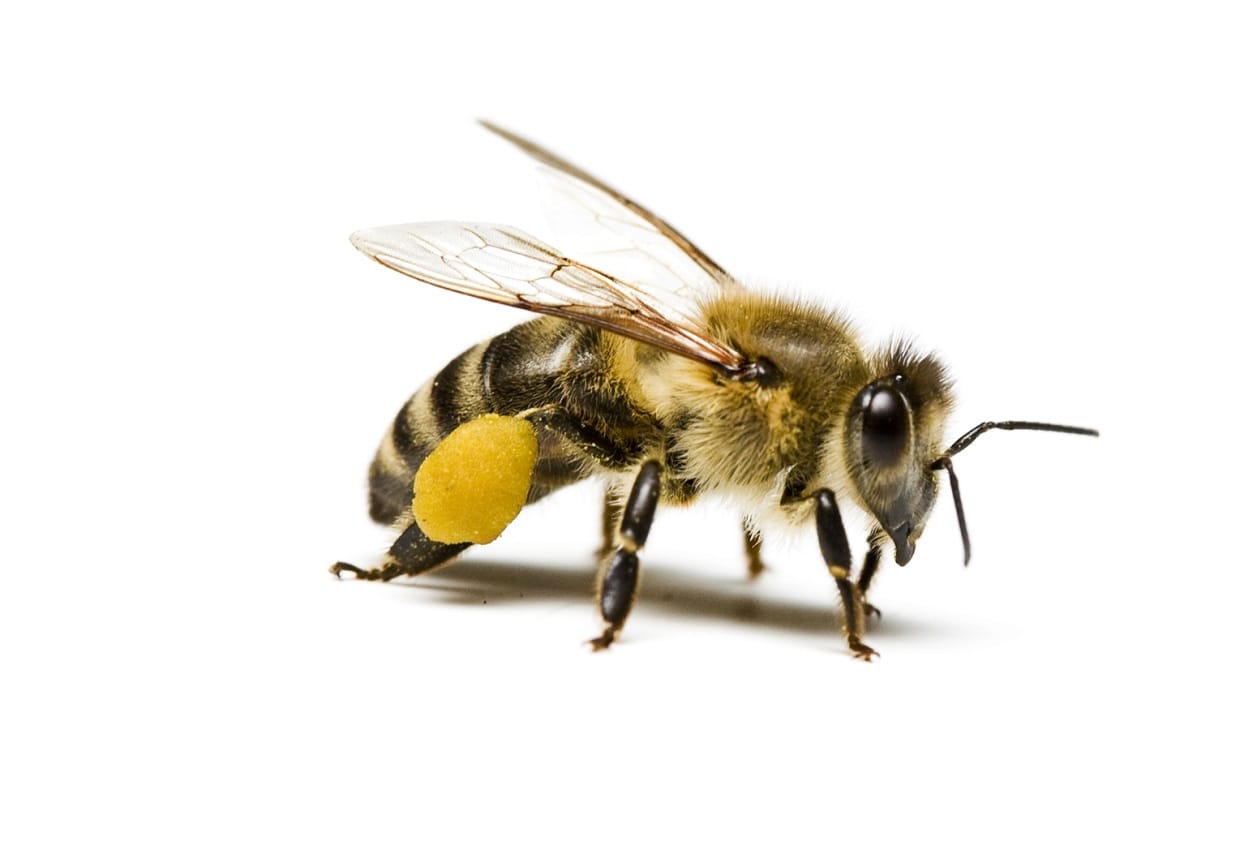
Honey Bee Disappearance essay
“If the bee disappeared off the surface of the globe, the man would only have four years of life left”, – these statement was made by well-known scientist Albert Einstein (Schmuck 2001). Maybe he predicted the future but recently the problem of the global warming was the most disputed issue in all kinds of mass-media as the world’s media are beginning to buzz like a hive disturbed by reporting information about a new potential threat to our planet. The problem is that billions of the most hard-working creatures living on Earth – Honey bees – give us to understand that this is enough for them and they almost stop pleasing us with their buzzes and medical bites. Many of them are gone, and apparently died. In some cases, up to 80% of the specimens from the colonies fall victim to a mysterious “disease of disappearance”.
In different the USA states, Canada, Brazil, Spain, Poland and other European countries people faced with this problem. Bees are constantly working, providing us with food valued at approximately U.S. $14 billion. It is estimated that about one-third of their food people have because of the bees. Fans, helicopters and other methods are not efficient enough for pollination. It’s impossible to replace their work with any technical achievement our humanity invented out (Higes 2008).
Zac Browning, the Vice-President of the American Beekeeping Association tries to explain seriousness of this issue making simple examples from people’s everyday life: “Every third piece of food that we consume depends on bees, which pollen the plants” (Grünewald 2010). 33% of all fruits, vegetables and nuts, in the USA with an annual cost of 15 billion depend on bee pollinators. “This is a huge threat for providing people with food”, said Kevin Heknett, the Head of the National Program of Beekeeping at the U.S. Department of Agriculture. He also warns that if the situation worsens, we can stay “on bread and water” (Grünewald 2010).
At the present moment different theories of this issue exist but most of them are connected with man’s activity. Experts investigating the bee disappearance, call them – the collapse of colonial syndrome (CCS). Adult bees leave the hive, the queen and larvae. It is believed that the innate ability of bees to find their way to the hive is affected by the cellular antennas, electromagnetic fields created by wireless phones in the network, genetically modified plants and pesticides. However, many studies suggest the possible damage that was done to the immunity of the bees. For many years bees have been under stress, exhausted by ticks and travels cross country to pollinate, eating corn syrup. Fungicides, insecticides and herbicides have weakened immune systems of bees, which already was no longer as strong as other insects had. The growth of cities seized the grassland and forestland, where lawns are treated with chemicals, poses another danger for bees.
Recently, scientists have decoded the genome of the honey bees and found out that the genes of bees, responsible for immunity, half coincide with the same genes of fruit flies and mosquitoes. Thus, it was discovered that bees are the creatures that are extremely vulnerable to negative influences. According to Jerry Hayes, the Inspector of Beekeeping Department of Agriculture of Florida, beeswax acts as a sponge, soaking up the various chemicals. It turns out that all pesticides and herbicides, which bees encounter on their way with, they bring back to the hive. In this case “bees are like canaries in the coal mine – they warn us of danger, which we do not notice”.
Most of the bees that left their colonies were not found. However, in cases when the bees affected by CCS were detected, the researchers found fungal species Aspergillus in their digestive system. This fungus produces toxins that can kill adult bees. Early studies have shown that the infected bees tried to protect the colony by flying away. This also explains why other bees are in no hurry to re-colonize them. Most likely they are scared by the toxic fungal deposits.
But there are always people who are interested in searching for all possible ways to solve the problem Scientists are going to return the bees to their homes. In the USA, there are 130 million of genetically modified crops that can be used together with a large amount of herbicides without damaging them. There are also plants containing insecticide genes, which attract bees.
It seems that all scientists agree in one point: no one knows for sure what is going on and what caused it, but it is clear that nothing like this has happened before on such a scale – either in terms of numbers, either in terms of geography. In our intention to create new technologies and produce cheap food, without taking into account the possible consequences, we are introducing chaos into an extremely complex system. Everything depends on us but it was much easier to make bees get away than to return them to their hives.

